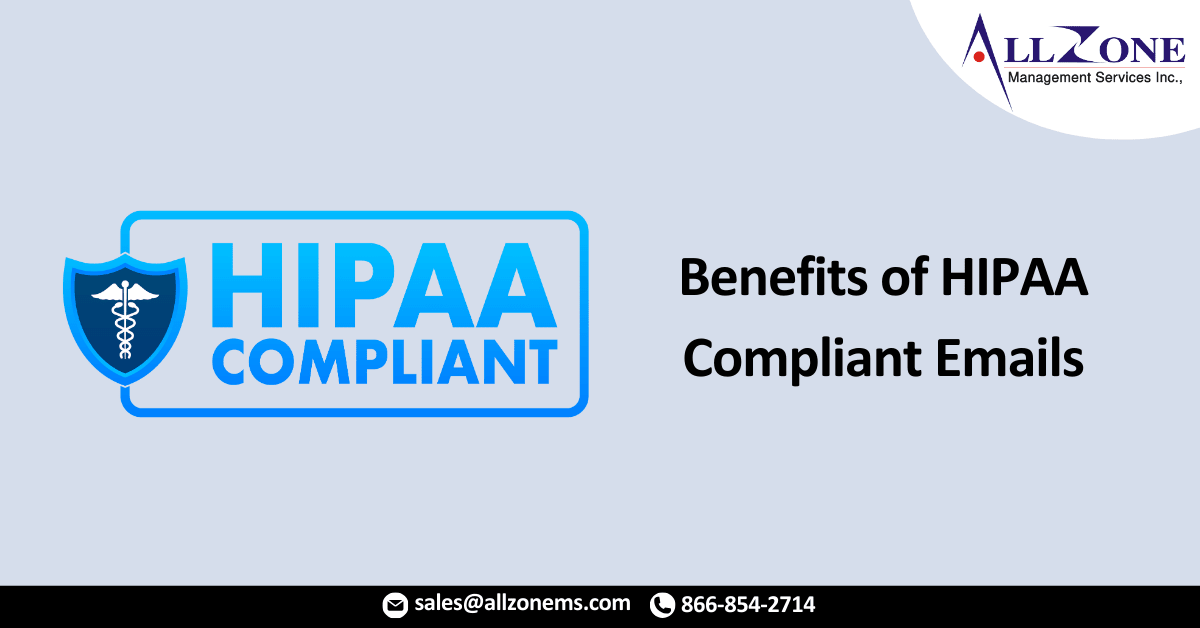Payment collection continues to be a challenge for healthcare providers. As we previously reported for Physician’s Practice, studies have indicated that doctors only collect 12% of what they are owed at the time of service, and in two out of three visits they collect nothing upfront at all.
This means that physicians are sending bills to collect a balance due. Many providers still send paper invoices, but HIPAA compliant email is a better method for a number of ways.
Cost Savings:
The cost of postage, paper and ink quickly adds up when sending paper invoices. According to a report from Haldex Credit Service Corporation, which processes over 25,000 invoices per month, the switch from paper to electronic delivery saved the company $150,000 in postage alone.
Electronic invoicing also decreases the space needed to store the paper trail of documents. HIPAA storage requirements can instead be achieved through email archiving.
Lower Carbon Footprint
Electronic invoicing is also a greener option. According to a study by the Aalto University School of Economics, moving from a paper-based invoicing process to electronic invoicing may decrease the carbon footprint of one invoice (or lifecycle) by 63%.
According to Baseware Network, if an organization receiving 20,000 invoices annually switches to e-invoicing, it can save 96 trees, 300 tons of water, and 24 tons of CO2.
Shorter Payment Cycle:
If you email a patient an invoice, they receive it immediately, whereas it may take them 3 days or more to receive a paper invoice by mail.
Read Receipts
With email, you can set a read receipt on your message to know when your customer has opened the invoice. This can be very useful when the customer states that they never received it.
Conclusion:
Emailing medical bills to patients is a cost-efficient way to inform people about what they owe and collect payment faster.
For More Information: https://www.physicianspractice.com/view/benefits-of-hipaa-compliant-emails

